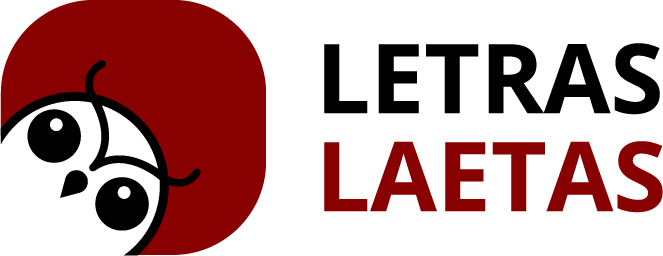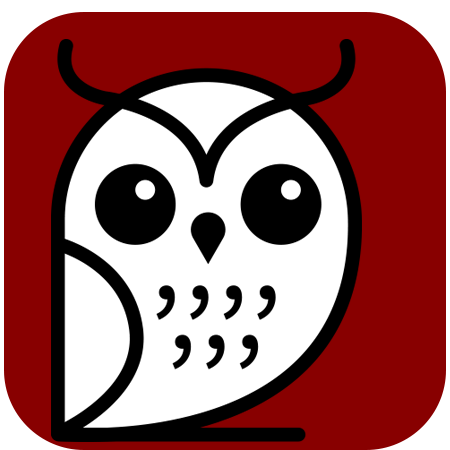What if Martin Luther King Jr. had arrived with his audience in Washington, D.C.? and instead of saying ‘I have a dream’, he would have said ‘I have… a Power Point presentation’?
– Jon Steel
I am going to start this post by telling an anecdote. Once I saw an excellent presentation. It was 9 in the morning and we were at a meeting in Santa Fe, in the offices of a group of companies that I will call X Group for confidentiality. Among other brands, they had one for food and another for various items for dogs. I had been managing the social networks of both accounts for a couple of months and that morning I was, along with the manager of the company and a veterinarian who used to take part in all the meetings, waiting for the presentation of a couple of agencies that would create content for two accounts.
The first turn was from agency A, which would carry the brand of various dog products. The presentation was made up of data such as the number of publications that would be made and even, we were shown one of the tools that would be used to determine how much content of each topic would be published on social media. A couple of slides were shown about the competitors, the buyer persona, and after about 15 minutes it was over. The presentation contained detailed information on the tactical aspects of the campaign; despite this, by the time we left the meeting we had already forgotten the exact numbers and specific names of the tools.
It was the turn of agency B, which would carry the brand of croquettes for dogs. The first slide had a single line: “The tie that bring us together.” They started telling us a story about the bond we could develop with our dogs. In the subsequent slides, black and white images were shown, which served as reinforcement for the story that the narrator told us. There was a dog walking with his owner, in another image they were watching TV together, bumping their paws against each other’s hands… and in each of these scenes there was a red bow that stood out like a heart between the human and the dog.
Halfway through the presentation we were all moved by the story. The presentation closed without any kind of detail about what would be posted on networks, no hard data was given, nor was a buyer person shown. They simply made a sequence of images, added to an excellent storytelling job that made it obvious that it was focused on the brand segment.
Coming off the meeting and even now, I haven’t forgotten the contrast between agency A’s and agency B’s presentations, and I still remember the emotives images from their campaign.
Discourse and the presentation
Throughout our lives we make many presentations in professional and personal contexts. Whether they are school exhibitions, work reports, words at friend’s weddings, among many others. What do they have in common? They start from a speech.
A speech isn’t just a mixture of words. Our way of expressing an idea is a speech, the set of clothes we wear is another speech, a politician’s agenda is a speech itself. By metonymy we have called presentations the visual support material (commonly made with tools that pass one slide after another), but the presentation itself must be based on the discourse, that is, the message we want to share.
When the message is confusing, the presenter must digest it before starting his presentation so that he can present it in the appropriate way considering:
- The central idea you aim to communicate
- Who’s the audience
- How the information you present affects the audience
- The objective: What do you want to achieve with the presentation
- What benefits does your audience get if they support that objective?
There can be many different goals: moving, through a poetic or literary text; or requesting some action, such as buying a product, donating money to a charitable cause or financing a business idea.
It should be noted that it will not always be necessary to use a slide presentation to help us. The main thing is to communicate our discourse. If there is no speech, if there is no idea or argument to defend, the slide presentation is worthless.
In case that making a presentation with slides is necessary, this have to be our final step. Making one of these presentations without having gone through the entire cognitive process of abstraction, rethinking the central idea, adapting to the audience we are targeting… is simply useless.
The RASCI method for making good presentations
In the book Perfect pitch, by Jon Steel, he talks about how to apply a project management method to work on team presentations. When we do this, it is necessary to assign roles. The RASCI methodology, also known as the responsibility allocation matrix, is an acronym that stands for:
- Responsible. The more people involved, the more it will be necessary to assign some leadership role, someone who assumes responsibility for the project.
- Approver. On many occasions, those who write the speech are not necessarily the ones who are going to deliver it. You have to identify the people who has the final approval. It can be a marketing or public relations department and, of course, the one who is going to communicate it.
- Support. It is the group of key people that the person in charge of the project needs for the work to be carried out well. For example, a marketer and a style corrector.
- Consultant. If a specialized topic is to be discussed, it is necessary to consult with specialists who contribute their knowledge, such as doctors, lawyers, among others.
- Report. They are top executives who need to be kept in the loop.
Types of presentations
Without being too rigorous, we can talk about the following types of presentations that are usually important in the field of business.
- Elevator pitch. In no more than five minutes, summarize the central idea of a business idea; it is the type of speech that is usually presented to investors when they are looking for economic funds.
- Business pitch. These speeches are presented to win an account. When making this type of presentation we should not tell the client how badly he is doing without us and how well we would do it. You need to have great sensitivity and know how to communicate the main insight of the campaigns that we propose, just as agency B did, which I narrated at the beginning of this post.
- Legal speeches. People can find themselves in a situation in which they must defend their posture or their innocence. Knowing how to argue, read the audience and not bore them is key to achieving our goal and in this sense, it is of vital importance.
- Political speeches. Humans are political animals, living in society and looking for how to organize ourselves, we issue this type of speech every day.
The importance of storytelling
A resource that we cannot ignore in any type of presentation is storytelling. A story can move us and take us to different actions; makes audiences (be it a jury, a company or potential clients) more easily persuaded.
It is proven that listening to a story: “has a powerful impact on our brains, activation and variety of biological responses and emotions that help us connect, move and remember the story” (Larry Webber tells us in his book Authentic Marketing).
Our speech is more factible to be well received if it’s presented as a story. The way that people receive stories is very different from how we process traditional advertising. We like to watch movies, read novels and identify with the characters… and we don’t like to see commercials that interrupt us while we watch these stories.
Therefore, having a storytelling strategy is a great opportunity for brands to connect with their audience without boring them. There are already several studies like the one by Joseph Campbell in his book The Hero with a Thousand Faces on how stories of a hero’s journey work in general, but the possibilities of types of heroes, plots, conflicts, etc. they are infinite. When we get our audience to identify with the problems of our characters, we generate an emotional connection, this makes our speech memorable.
In conclusion…
- There exist several types of presentations.
- All of them have a speech behind.
- Finding a way to communicate that speech is an art.
- It helps to keep things simple and to know the audience to whom we will present the speech.
- Making good presentations helps us get clients.
- In other cases outside of the realm of marketing, making presentations properly can be the difference between getting a job or not, convicting a defendant or not, going free or guilty of an accusation, whether our partner agrees to commit to us… It plays a very important role in our lives.
Do you want us to advise you so that your presentations are successful? Contact us for more information.


